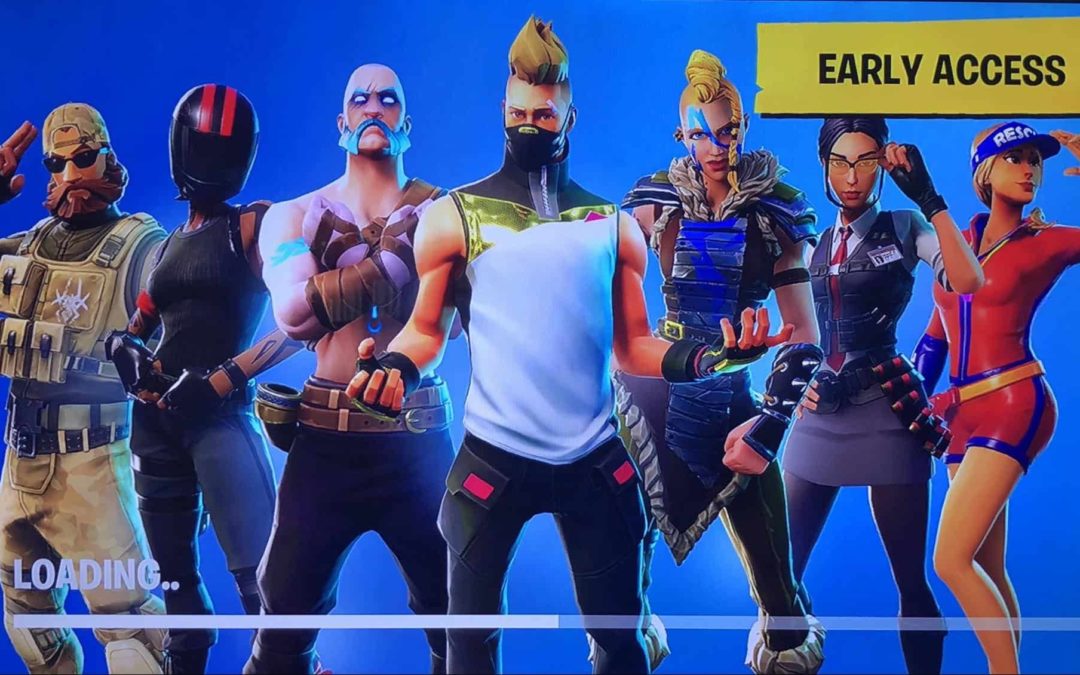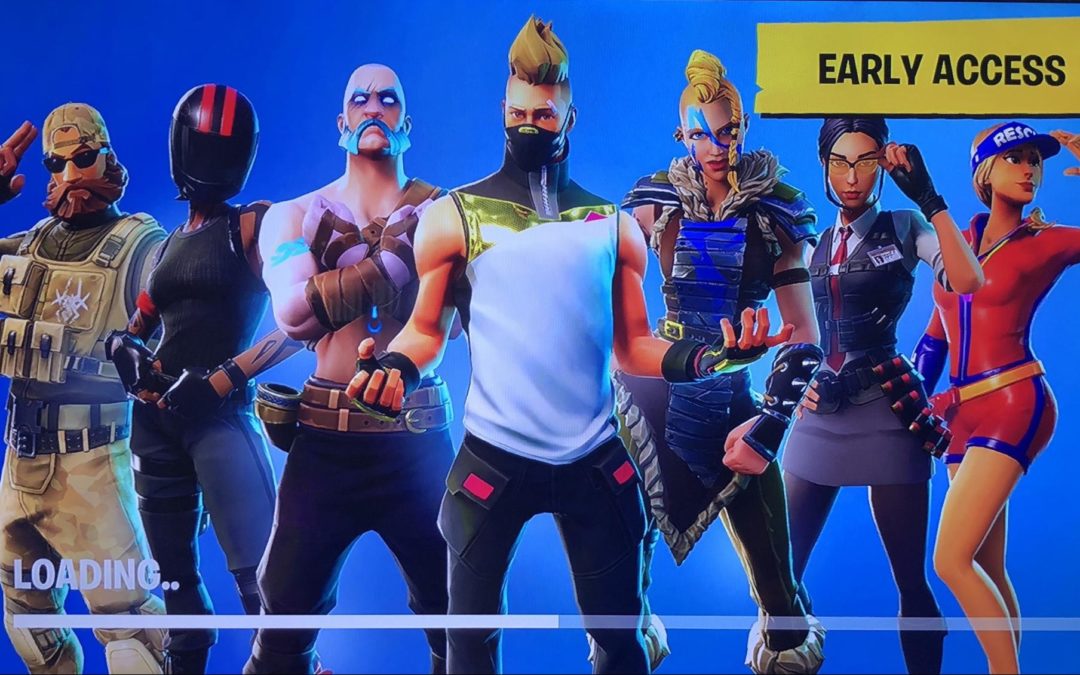If you have kids, you’ve likely heard about Fortnite. The average Fortnite player spends between 6 and 10 hours per week on the game and like many parents, I didn’t understand why my kids played it so much. To my surprise, I had a heck of a good time playing the game with my kids. What makes Fortnite so engaging? Hooks, according to Nir Eyal, author of Hooked: How to Build Habit-Forming Products, are “experiences designed to connect the user’s problem with the company’s product with enough frequency to form a habit.” In his bestselling book, Eyal describes the four steps of the Hooked Model and provides case studies for how the tech companies use hooks to build products and services people love. In this post, I use the Hooked Model to explain what makes Fortnite so engaging. Trigger Every Hook starts with a trigger. Action The next step of the Hooked Model is the “action phase.” “Actions are the simplest behavior done in anticipation of relief,” Eyal says. Reward The next step of the Hooked Model is the Reward phase. It’s here, Eyal says, that users get what they came for: relief from the psychological “itch” of the internal trigger.

Nir’s Note: This guest post is by Patricio O’Gorman, technology consultant and professor at Universidad de Palermo.
If you have kids, you’ve likely heard about Fortnite. The wildly popular online battle game has amassed over 125 million players and hosts more than 3 million concurrent players. The game “has brought in more revenue in a single month than any other game of its kind,” according to industry watchers, grossing over $1 billion so far this year.
The average Fortnite player spends between 6 and 10 hours per week on the game and like many parents, I didn’t understand why my kids played it so much. At first, I dismissed it as a mind-numbing waste of time. Then, I tried it for myself and found I couldn’t help but admire the game’s ingenious design. To my surprise, I had a heck of a good time playing the game with my kids.
What makes Fortnite so engaging? To understand why players keep coming back, you need to understand the game’s Hook.
Hooks, according to Nir Eyal, author of Hooked: How to Build Habit-Forming Products, are “experiences designed to connect the user’s problem with the company’s product with enough frequency to form a habit.” In his bestselling book, Eyal describes the four steps of the Hooked Model and provides case studies for how the tech companies use hooks to build products and services people love. In this post, I use the Hooked Model to explain what makes Fortnite so engaging.
Trigger
Every Hook starts with a trigger. Triggers prompt us to action and tell us what to do next. In the case of Facebook or your iPhone, a trigger might be a notification or status update. This type of trigger is called an “external trigger,” Eyal says, since the information for what action to take next is contained within the trigger itself. With Fortnite, players receive notifications to join friends inside the game.
While external triggers nudge players to join the fun, Eyal says external triggers alone are not enough to build a habit. To get people to use a service without prompting, users must trigger themselves. “Internal triggers,” according to Eyal, involve making mental associations with the product. The most common internal triggers, he says, are negative emotions. For example, we use Facebook when we’re lonely or spend time watching YouTube videos when we’re bored — these products become our go-to relief from negative feelings.
Internal triggers in Fortnite have to do with satiating the uncomfortable feeling of boredom and the need for social connection. While being bored is a common trigger for many forms of entertainment, Fortnite…

COMMENTS